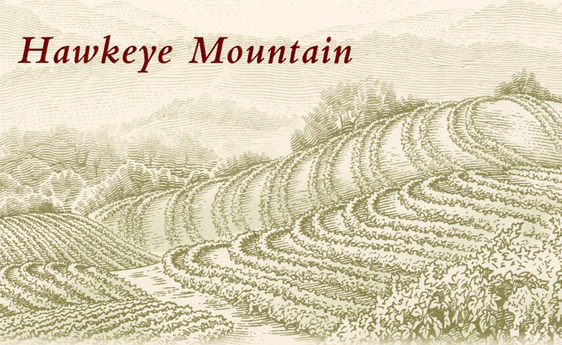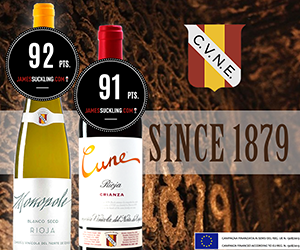It is said, for better or worse, that cabernet sauvignon makes some of the biggest wines on the planet.
The physical nature of cabernet tends to be robust, angular and tannic in youth, and while it mellows with age, even the finest cabernet sauvignon seldom melts in your mouth the way merlot or pinot noir eventually will.
The best cabernet has abundant, soft tannins with concentration and flavour complexity. Winemakers strive to achieve blackberry, cassis, black cherry and jam fruit flavours with black pepper and spice characters. Often, there is a light overlay of herbal qualities such as ripe olives and mint. Unripe cabernet can display the undesirable green bell pepper, asparagus, green bean components. Oak barrels add extra spice, clove, vanillin and toasted flavours. When fully aged, cabernet develops sublime bottle bouquets of cedar, tobacco, violets, spices, soya, blackberry, mint and licorice.
Despite its backward youth, it almost always gains a measure of complexity and elegance most other wines simply cannot match with age. To wit, there are examples still drinking well from the last century. Since the mid-1800’s, cabernet has spread its roots, first across Europe and then on to most
Today we offer you a look at 10 top cabernet sauvignons (and ties) recently tasted at GOW, and all sure to take the edge off the final few cold nights of winter as we head for spring.

 quicksearch
quicksearch






















